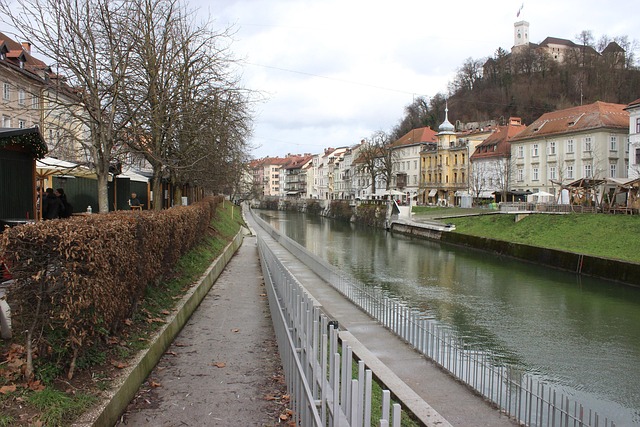Karachi's complex urban structure demands strategic planning to enhance accessibility and connectivity. By analyzing distance and spatial dynamics, planners can optimize infrastructure, reduce congestion, and foster walkable mixed-use developments. Advanced technologies and innovative solutions are vital for managing the city's labyrinthine network, ensuring a safe, efficient, and inclusive future for all residents.
In the bustling metropolis of Karachi, understanding area proximity is more than just a geographical concept—it shapes urban life and infrastructure. This article delves into the intricate dynamics of “area proximity” within Karachi’s fabric, exploring its implications on urban planning, connectivity, and the daily experiences of its folks. From navigating labyrinthine streets to fostering vibrant communities, we unravel the unique challenges and opportunities presented by Karachi’s dynamic spatial relationships.
- Understanding Area Proximity in Karachi's Urban Fabric
- Navigating Lines: A Unique Challenge in Karachi's Infrastructure
Understanding Area Proximity in Karachi's Urban Fabric

Karachi, as Pakistan’s economic hub, presents a complex urban fabric where understanding area proximity is paramount for efficient navigation and development. The city’s intricate web of roads and neighborhoods creates unique spatial dynamics that influence everyday life and business operations. Area proximity refers to the relative distance between locations, which can significantly impact accessibility and connectivity in dense urban areas like Karachi.
By studying how close various points are within the city, planners and developers can optimize resource allocation, improve infrastructure design, and enhance overall quality of life. In Karachi, this means addressing challenges such as traffic congestion, ensuring efficient public transportation networks, and promoting mixed-use development to create vibrant and walkable communities. Effective management of area proximity is crucial for Karachi’s continued growth while maintaining its dynamic character in the ever-evolving urban landscape.
Navigating Lines: A Unique Challenge in Karachi's Infrastructure

Karachi, known for its bustling streets and dynamic infrastructure, presents a unique challenge when it comes to understanding and managing lines area proximity. The city’s labyrinthine network of roads, crowded with an incessant dance of vehicles and pedestrians, makes visualizing and navigating lines a complex task. Each intersection, alleyway, and bustling marketplace is a microcosm of this challenge, where the lines—be they road dividers, utility poles, or building facades—seem to intertwine and overlap.
This urban landscape demands innovative solutions for maintaining safety and efficiency. As Karachi continues to grow and evolve, effective strategies for managing lines area proximity become even more critical. By adopting advanced technologies and thoughtful urban planning, the city can ensure that its infrastructure remains accessible, navigable, and inclusive for all its folks, despite the intricate web of lines that define its everyday life.
Karachi, known for its dynamic urban landscape, faces a unique challenge in managing area proximity. Understanding and navigating these lines is crucial for optimizing the city’s infrastructure and enhancing the quality of life for its bustling residents. By recognizing the intricate tapestry of spatial relationships within Karachi’s fabric, we can foster more efficient and inclusive development strategies, ensuring the city continues to evolve as a vibrant metropolis.
